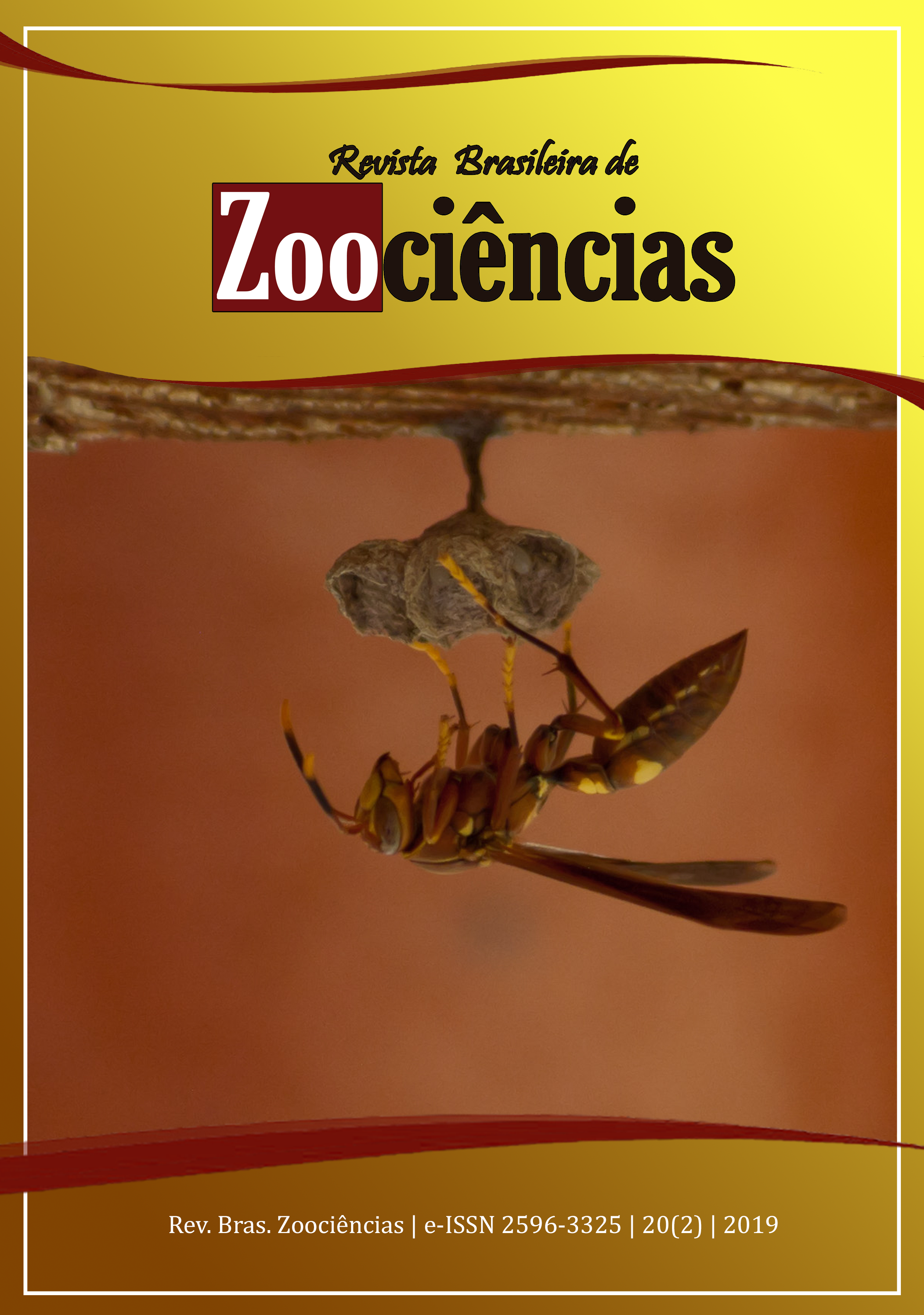Mudanças na Rotina do Bugio-ruivo Alouatta guariba clamitans Cabrera, 1940 e do Bugio-preto Alouatta caraya Humboldt, 1812 Mantidos no Parque Zoológico da Fundação Zoobotânica do Rio Grande do Sul Através da Técnica de Enriquecimento Ambiental
Quais as Possibilidades?
DOI:
https://doi.org/10.34019/2596-3325.2019.v20.27123Palavras-chave:
Bem-estar animal, Comportamento animal, Primatas em cativeiroResumo
Atualmente, muitos jardins zoológicos possuem ambientes com maiores dimensões e que suprem de forma mais adequada as necessidades fisiológicas e comportamentais básicas dos animais, quando comparados aos recintos comumente utilizados no passado. Porém, mesmo com tais melhorias, estes ambientes podem apresentar pouco estimulo psicológico aos animais, uma vez que são relativamente menos complexos que ambientes naturais. Tal contexto pode levar a comportamentos que não são naturais da espécie, como também perdas graduais de atenção e da capacidade de busca e resposta a novos estímulos. Dentre os objetivos das técnicas de enriquecimento ambiental (EA) está o aumento do repertório comportamental dos animais cativos, pois estimula a expressão de comportamentos naturais das espécies. Os objetivos deste trabalho foram avaliar o comportamento de indivíduos das espécies Alouatta guariba clamitans e Alouatta caraya em cativeiro, verificando se há alterações comportamentais decorrentes do enriquecimento ambiental e, se dentre os elementos ofertados, alguns são mais atrativos aos animais. Para isso, comparamos o comportamento de dois grupos de bugios em zoológico durante períodos com e sem enriquecimento ambiental, considerando seis diferentes dispositivos de enriquecimento ambiental. Os bugios responderam bem aos estímulos, interagindo com todos os dispositivos apresentados. Apesar disso, não houve alterações significativas nos padrões de atividade durante a fase de EA para nenhum dos grupos. Porém, o comportamento de forrageio aumentou após o uso do EA, indicando que o EA pode ter despertado o interesse em alimentos diferentes do ofertado na dieta regular. Adicionalmente, também foi observada uma curiosidade maior pelos dispositivos que continham alimentos como recompensa. Desta forma, observamos que o enriquecimento ambiental ofertado para os indivíduos foi capaz de promover alterações positivas na rotina e no comportamento dos animais, podendo ser um indicativo sobre a melhoria nas condições de bem-estar desses animais. Além disso, os dispositivos apresentados podem servir de exemplo de técnicas de EA para serem aplicadas em outras situações de cativeiro, inclusive na reabilitação de espécimes animais que tenham condições de retorno à natureza.



